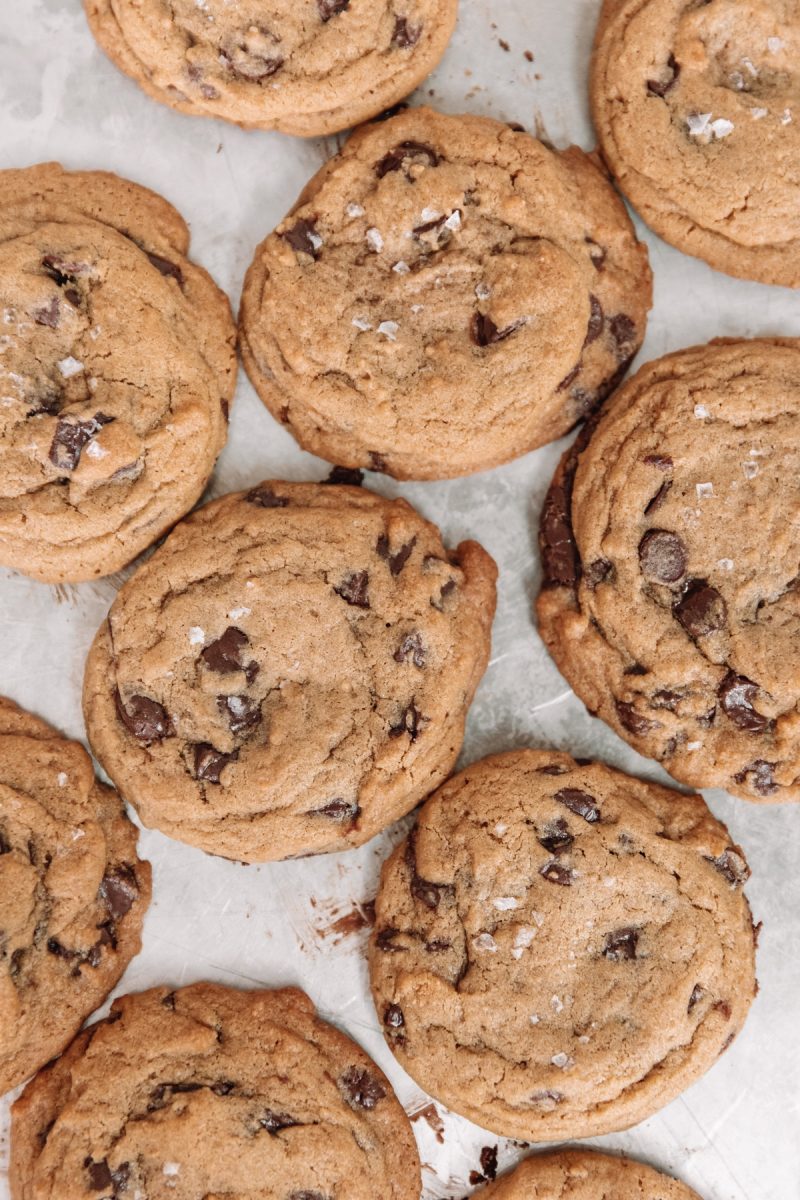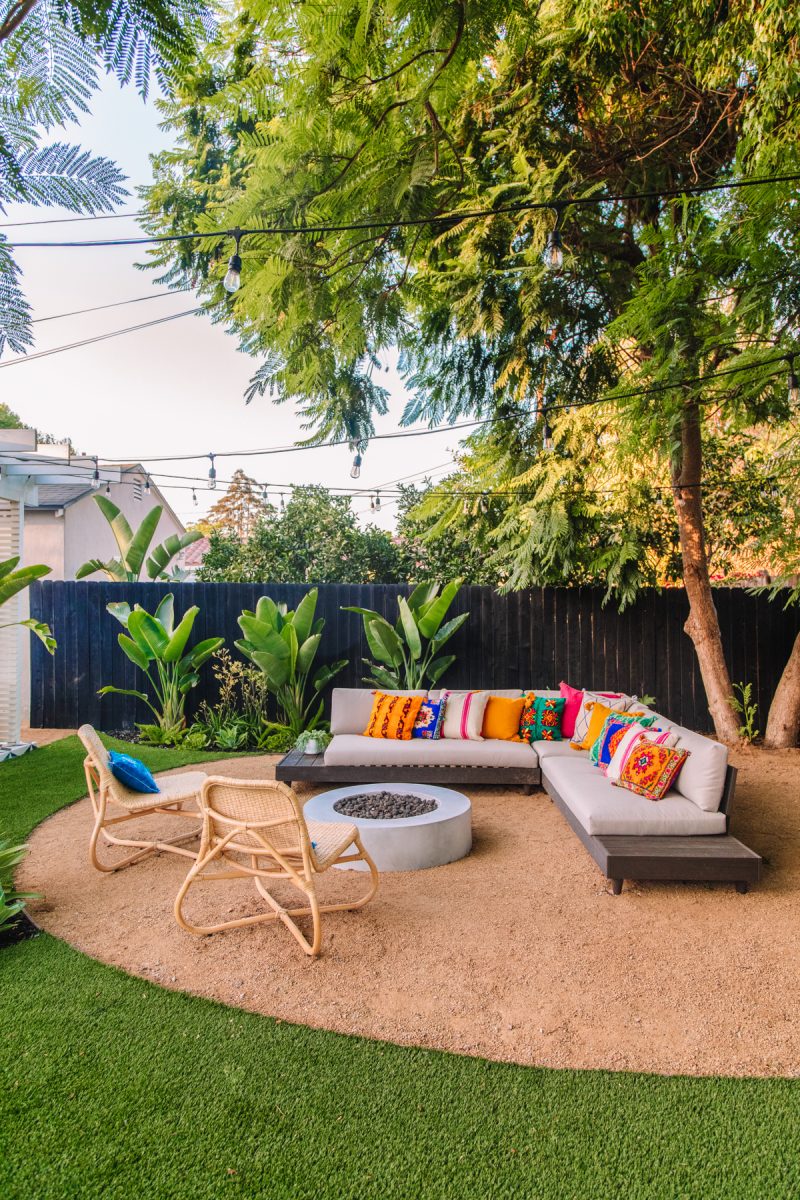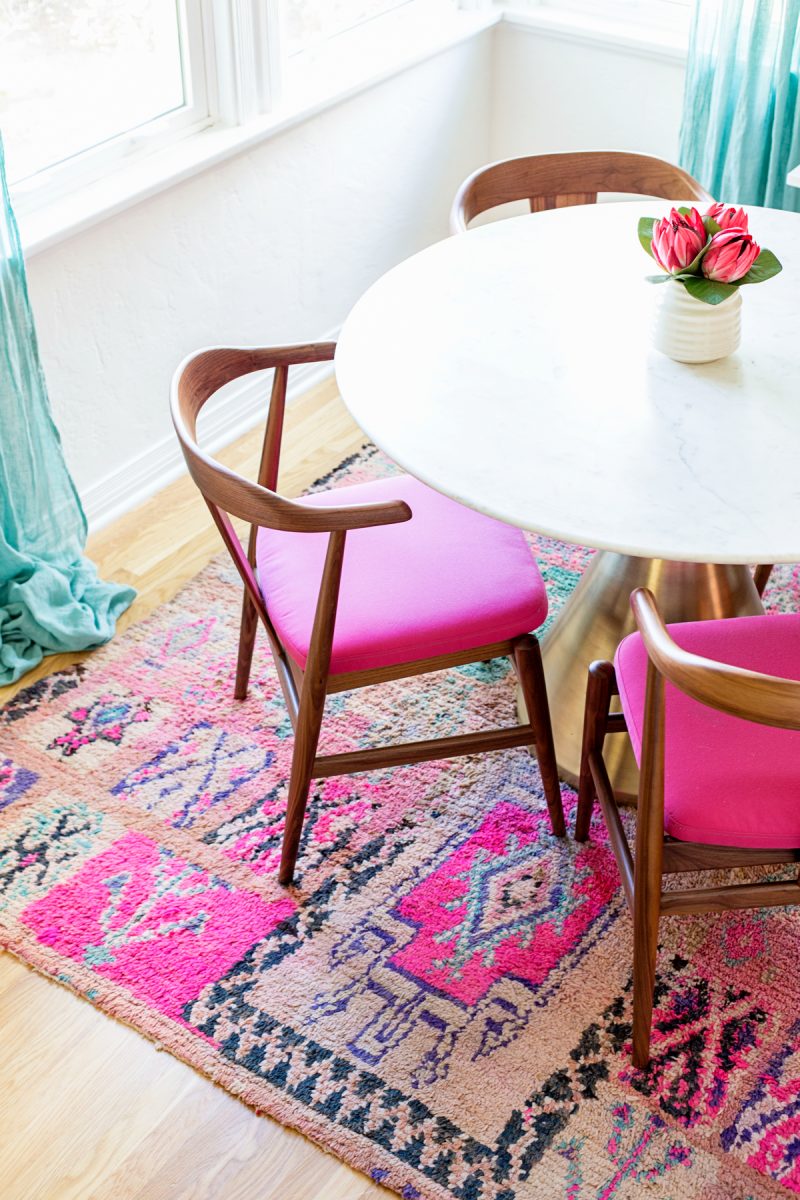
Some of my favorite memories from my childhood were spent around the piano singing with my family. I always knew I wanted one in my home some day, so I started hunting for one on Facebook marketplace. When I found a beautiful one, at a great price, I snapped it up quickly. It needed a little love to bring it back to live so I started perusing painted piano ideas for inspiration! It was the perfect solution. Today, I’m going to share exactly how to paint a piano so you can do the same!
I used regular latex paint, no additional primer needed! This project is all about the prep work. Once you put the time in there, and choose a paint color, the piano painting part is easy. And I love that you can paint it any color your heart desires, as neutral as bold as you’d like!

This is what we started with, the piano we found for $150 on Facebook Marketplace! And below is how it turned out!

What kind of paint do you use on a piano?
There are a lot of different paints you can choose for pianos. Many choose chalk paint, as it requires less sanding.
I wanted to use a standard latex paint because there were more color options, so I chose a Behr paint, in a satin finish. It has a primer built in and it worked beautifully. I love that I didn’t need to take the additional step to prime it.

Supplies Needed for Painting A Piano
Here’s what you’ll need to paint a piano:
- One gallon latex paint, satin finish (I used BEHR Ultra Paint & Primer in One in Dayflower)
- Graco TrueCoat 360 Paint Sprayer*
- Paint brush(es)
- Painter’s tape (1-2 rolls, depending on how much needs to be taped on your piano)
- Plastic sheeting (for covering inside of piano)
- 400 grit & 80 grit sandpaper
*Note: You don’t need a paint sprayer to do this project, you can paint the piano by hand, but the sprayer makes for a quicker paint job and a smoother finish! If you are using a paint sprayer, cover the area you are working in accordingly for overspray. We used additional plastic sheeting.

Step-by-Step Instructions for Painting a Piano
You can find the video tutorial below, followed by a photo and written step-by-step instructions for painting your paino
The most important part of this project is taping your piano properly so none of the functional parts get damaged by paint. Every piano will differ on this, as each is unique it’s design. You may also consider taping plastic sheeting over the inside parts of the piano if they are exposed to the exterior in any way. Here is a short list of places to consider taping off to protect the piano before painting:
- Piano keys
- Pedals
- The mechanisms for opening and closing the piano
- Any other metal for the music stand, the piece covering the keys or elsewhere
- Underneath the piano (between the keys and the base)
- Inside the top of the piano
We also removed the music stand entirely and painted it separately.
If your piano is a finished wood, you’ll get the best results by sanding off the shiny finish. Do this with 80 grit sandpaper. Sand until smooth. This is the longest part of the process.
Wipe down the piano to remove any remaining dust from sanding.
Time to paint! Open and stir your can of paint. If using a spray gun, fill the paint gun according to the instructions that come with it. Paint your first, thin coat. When using a spray gun, be sure to paint in one long motion for a smooth, even coat, on each part of the piano.
If there are any large areas you cannot reach with your paint gun, you’ll want to paint with a brush or roller now. Let dry.
Once dry, lightly sand the paint with 400 grit sandpaper.
Paint a second coat and let dry. Sand again. Now you can determine if you need a third coat and repeat a third time if you do.
Finally, touch up any small areas and details as needed with a paint brush. Remove all painter’s tape and plastic sheeting. Very carefully touch up any areas where the tape may have inhibited you painting.

How much does painting a piano cost?
Curious what to budget for this project? I’ve broken it down below, including what I paid for our second hand piano.
- 2nd hand piano – $150
- 1 gallon paint – $38.98
- Paintbrush – $11.97
- Painter’s tape – $9.38
- 80 grit sandpaper – $4.97
- 400 grit sandpaper – $4.97
The total cost for this project, including the piano itself, was: $220.27. If you were also purchasing a new paint sprayer (Approx. $250) for this project, that would drive the cost up to $470.27.

Painting a piano is a fun way to breathe new life into it and make a special piece your family will treasure forever!





















Jack says
This is halfway a piano torture, not painting…
First of all, you should have removed the action, keys, pedals, and fron plates (top and bottom) and than start painting. I have never seen in my life anyone covering keys with dozens parts of tape… not good way to protect the piano nor the correct way…
Jennifer says
Your pics are beautiful, and you chose such a fun color! I appreciate the inspiration to tackle a project of this magnitude and just finished my own piano makeover. I took my piano almost completely apart, though, to minimize the taping. As I didn’t have means (or want) to paint outside I chose to use a roller and found that the additive Flotrol did wonders for eliminating lines. Successful outcome, so happy I tried it!